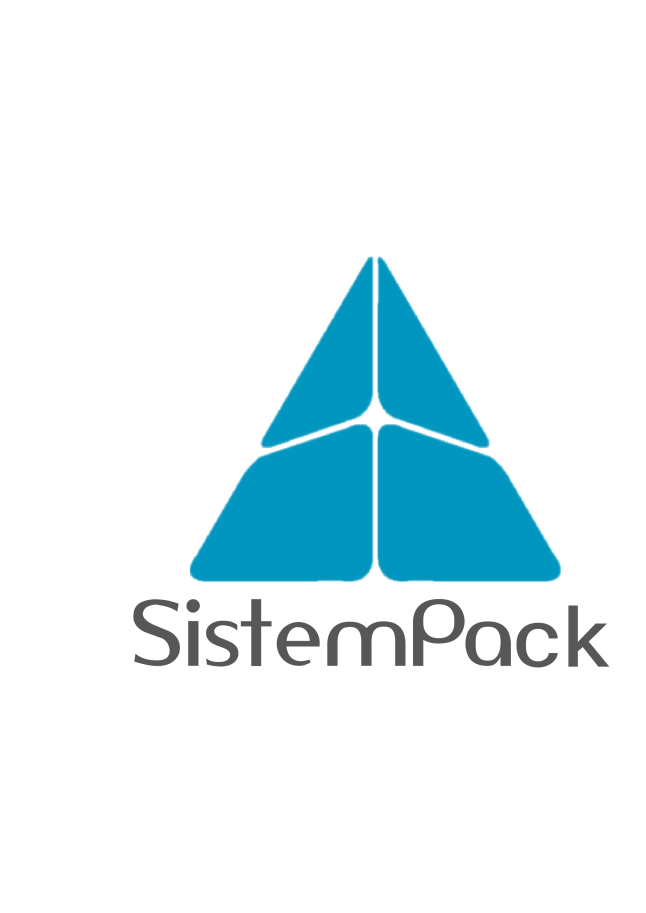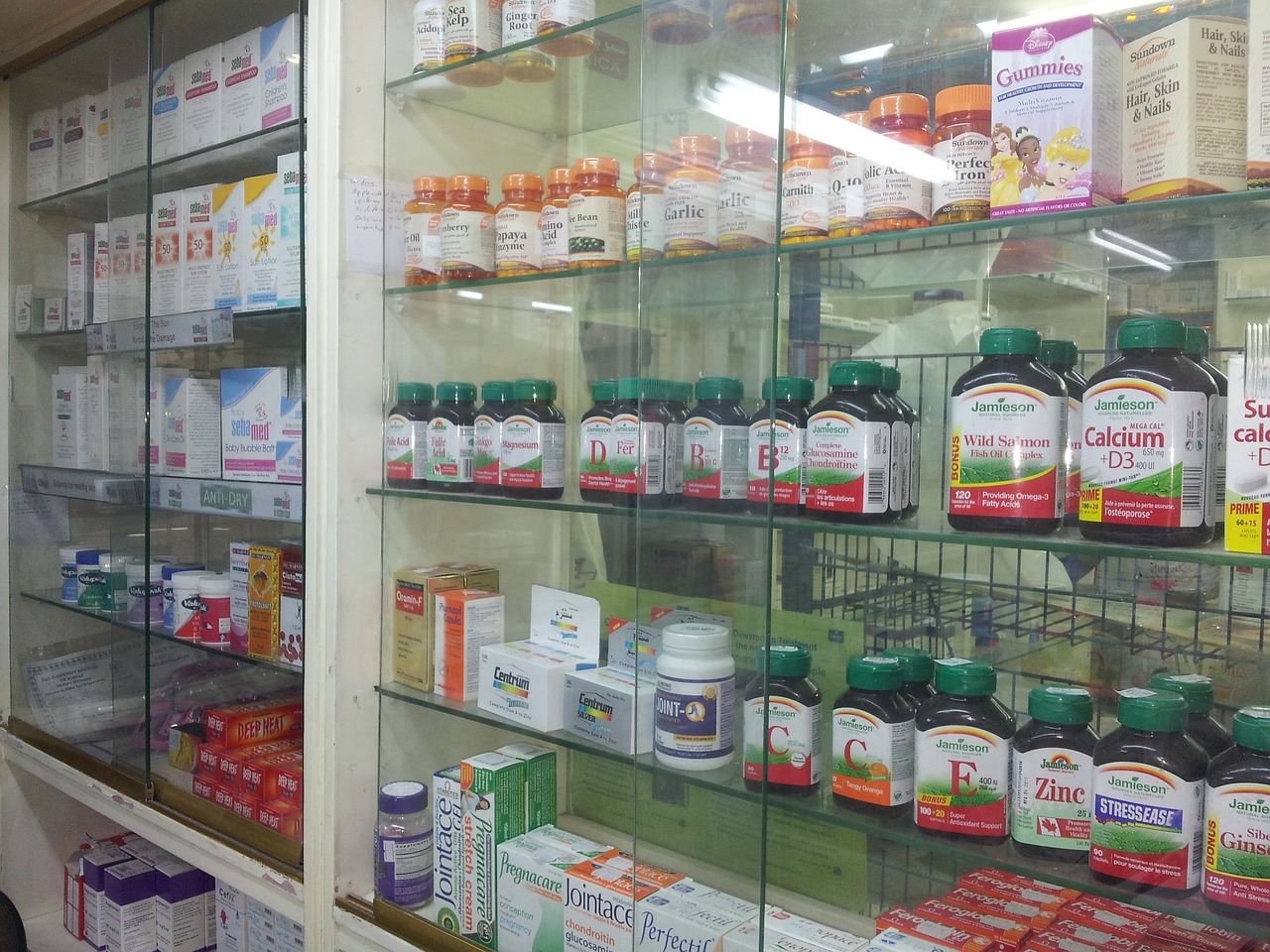Packaging plays a pivotal role in the pharmaceutical industry, extending far beyond its conventional function of containing and protecting medications. It serves as a critical bridge between pharmaceutical companies and patients, ensuring the safe and effective delivery of life-saving drugs. In this article, we will delve into the significance of packaging in the pharmaceutical sector, exploring its multifaceted roles and evolving trends.
1. Protection and Preservation:
The primary function of pharmaceutical packaging is to shield medications from external factors that could compromise their safety and efficacy. This includes protection from moisture, light, air, and temperature fluctuations. Modern pharmaceutical packaging materials are designed to maintain the stability of drugs, preventing degradation and ensuring that patients receive products with the intended therapeutic effect.
2. Safety and Compliance:
Pharmaceutical packaging also plays a critical role in ensuring patient safety. Tamper-evident packaging, child-resistant closures, and clear labeling are essential elements that help prevent misuse and accidental ingestion, especially in households with children. Furthermore, packaging must comply with regulatory requirements to guarantee the integrity of pharmaceutical products.
3. Information Dissemination:
Packaging serves as a communication tool between pharmaceutical companies and patients. Clear and comprehensive labeling provides vital information, such as dosage instructions, potential side effects, and expiration dates. Additionally, it facilitates easy identification of the medication, reducing the risk of medication errors.
4. Dosage Convenience:
Innovative packaging designs, such as blister packs and unit-dose packaging, enhance patient convenience by simplifying medication administration. These formats not only ensure accurate dosing but also improve medication adherence, a crucial factor in the effectiveness of pharmaceutical treatment.
5. Sustainability and Eco-friendliness:
The pharmaceutical industry is increasingly recognizing the importance of sustainable packaging practices. Eco-friendly materials and designs reduce the environmental impact of pharmaceutical packaging, aligning with global efforts to minimize plastic waste and promote responsible packaging choices.
6. Brand Recognition:
Packaging serves as a branding tool for pharmaceutical companies. Unique and attractive packaging designs can help products stand out in a crowded market, potentially improving patient loyalty and brand recognition. However, branding should never compromise safety or compliance.
7. Evolving Trends:
The pharmaceutical packaging landscape is continually evolving. One notable trend is the integration of smart packaging technologies. QR codes and NFC tags on packaging enable patients to access important information and reminders using their smartphones. These technologies enhance patient engagement and monitoring, promoting better health outcomes.
Another trend is the use of 3D printing technology to create personalized medication packaging tailored to individual patient needs. This customization ensures that patients receive medications in formats that are most convenient for them, increasing medication adherence.
Conclusion:
In the pharmaceutical industry, packaging is far more than just a container; it is a critical component of patient safety, drug efficacy, and overall treatment success. As pharmaceutical companies continue to innovate and adapt to changing patient needs and environmental concerns, packaging will remain at the forefront of these efforts, ensuring that medications reach patients in the best possible condition while minimizing their impact on the planet.

